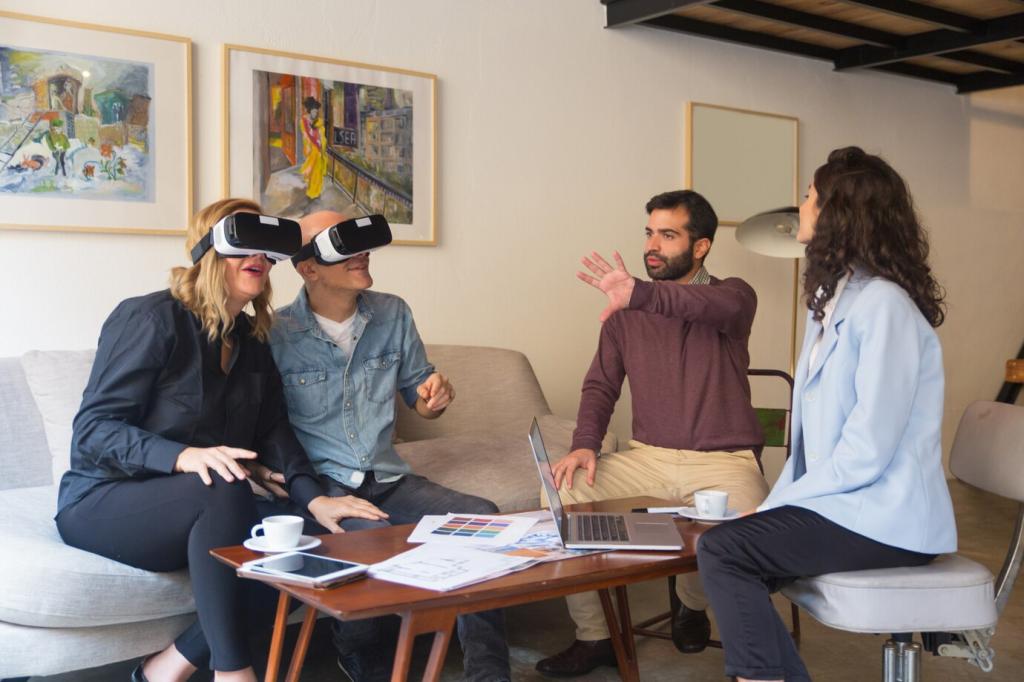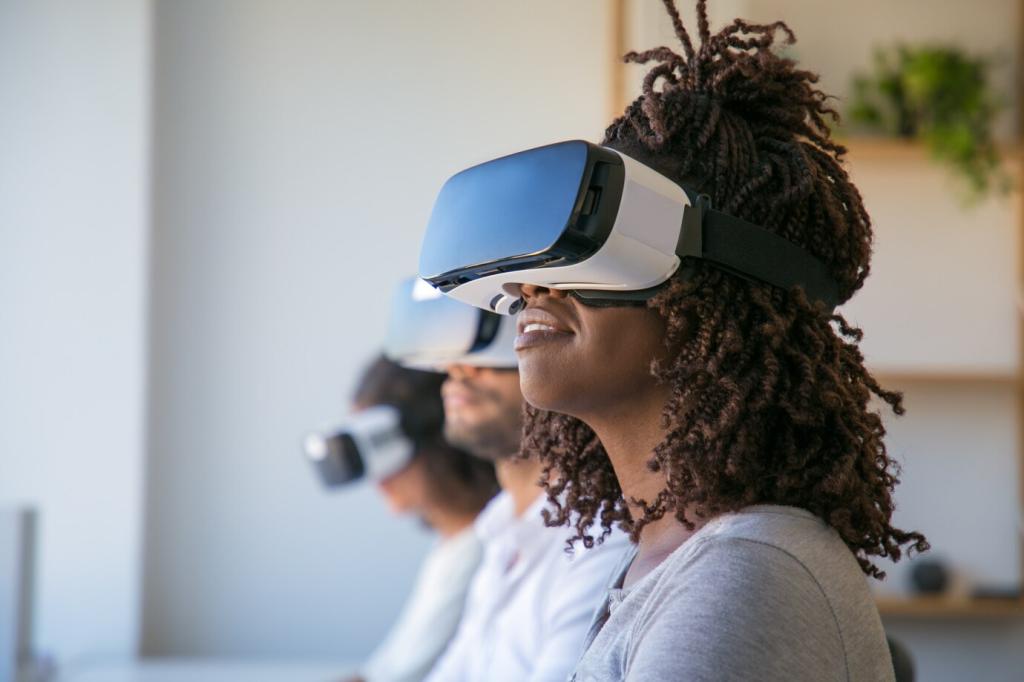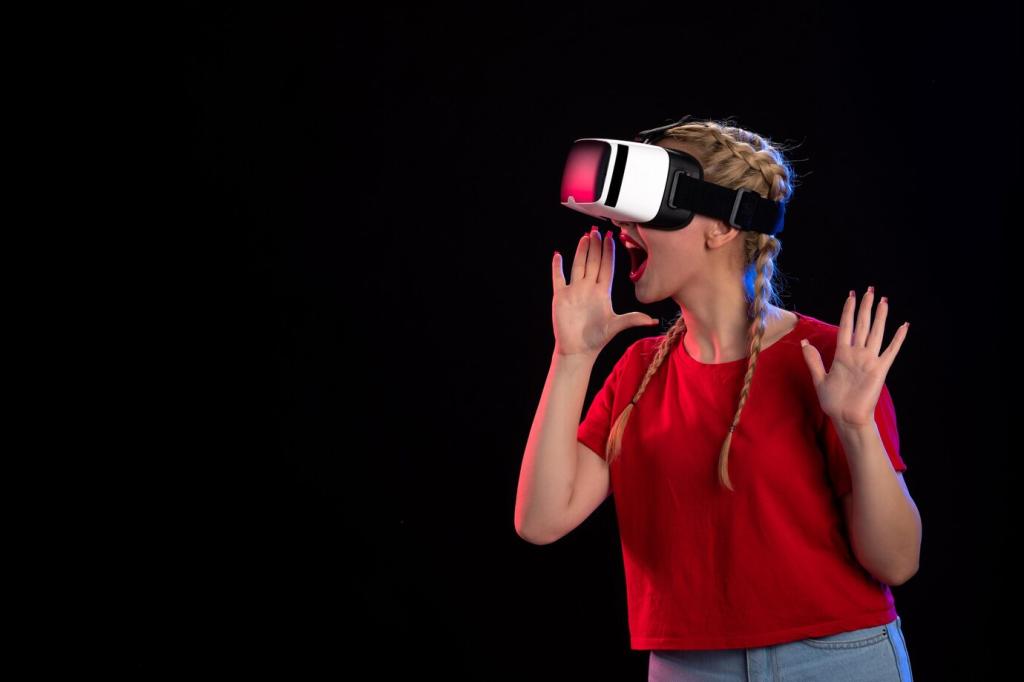
Virtual Reality: Revolutionizing Modern Education
Virtual Reality (VR) is no longer the stuff of science fiction; it has emerged as a dynamic force in transforming the educational landscape. As schools, universities, and training centers embrace cutting-edge technology, VR stands at the forefront, reshaping how knowledge is delivered and experienced. This revolution in learning is making education more immersive, accessible, and interactive than ever before, bridging gaps and opening new pathways for students and educators worldwide.
The Emergence of Virtual Reality in Education
From Niche to Mainstream
What began as a niche technology is now becoming increasingly commonplace in schools and universities. Visionary educators and institutions recognized the vast potential of VR to redefine the student experience. Early pilot programs showcased remarkable outcomes, leading to a broader adoption worldwide. No longer restricted by geographical or physical boundaries, learners everywhere can now access high-quality educational experiences through VR, signaling a pivotal shift from passive learning to dynamic engagement.
Shaping the Future of Classrooms
The integration of VR into educational settings is not simply about adding new gadgets. It’s about reimagining pedagogy and creating spaces where students can interact with information in vivid, memorable ways. VR enables learners to journey inside the human body, walk through historical landmarks, or experiment in virtual laboratories. This evolving approach fuses technology and teaching into a seamless, powerful engine for learning, preparing students for the demands of the 21st-century workforce and beyond.
Overcoming Early Barriers
Like many innovations, VR’s integration into education faced initial skepticism and challenges. Concerns over costs, accessibility, and effective implementation were widespread. However, as technology matured and its educational benefits became clear, these barriers began to fade. Grant programs, open-source initiatives, and collaborative efforts between educators and technologists have helped make VR both feasible and sustainable, ensuring its continued growth and equity in education.
Enhancing Student Engagement and Motivation
VR plunges learners into environments that go far beyond textbooks and slideshows. By putting on a headset, students can find themselves exploring ancient civilizations, maneuvering through the inner workings of a cell, or walking on the surface of Mars. This immersion heightens interest and curiosity, making lessons more memorable and personal. The result is deeper engagement with subject matter and greater retention, particularly for students who may struggle with conventional instructional methods.

Equal Access to Quality Resources
VR enables remote and under-resourced schools to access the same caliber of educational experiences as their urban or well-funded counterparts. Students in rural villages, conflict zones, or underserved communities can virtually attend museum tours, scientific experiments, or expert lectures. This equalizing power of VR bridges gaps and ensures that achievement is dictated less by circumstance and more by ability and effort.
Global Collaboration and Cultural Exchange
With VR, classrooms can dissolve geographical boundaries and foster global connections. Students in different countries can collaborate on projects, participate in shared simulations, or exchange cultural perspectives in real-time. This not only broadens horizons but encourages empathy, understanding, and global citizenship—qualities essential in an interconnected world.
Overcoming Mobility and Accessibility Challenges
Students with physical disabilities or health concerns often face obstacles in accessing traditional learning opportunities. VR can mitigate these barriers by providing virtual field trips, laboratories, and experiences that might otherwise be inaccessible. Customizable settings and adaptive technologies further ensure that every learner, regardless of ability, can fully participate and thrive in a VR-powered educational environment.
Previous
Next
Enriching STEM Learning and Skills Development
Abstract topics in STEM often challenge students’ comprehension. VR bridges this gap by making the invisible visible and the theoretical tangible. Molecular structures, planetary systems, or physical forces can be witnessed from any angle and interacted with in three dimensions. This visualization fosters deeper conceptual understanding and encourages curiosity-driven inquiry.
Facilitating Personalized and Adaptive Learning
VR platforms can assess a student’s progress and customize content accordingly. If a learner excels in a particular area, the system may offer more advanced challenges; if they struggle, it may provide additional practice or alternative explanations. This adaptability supports a mastery-based approach that caters to the full spectrum of abilities and learning styles.
VR is fueling new avenues for educator training and professional growth. Teachers can participate in virtual workshops, classroom simulations, or peer collaborations that transcend geographic barriers. Such experiences equip educators with modern pedagogical techniques and technical know-how, fostering a vibrant, connected community of lifelong learners and mentors.
Training Educators and Transforming Teaching Methods

Previous slide
Next slide
